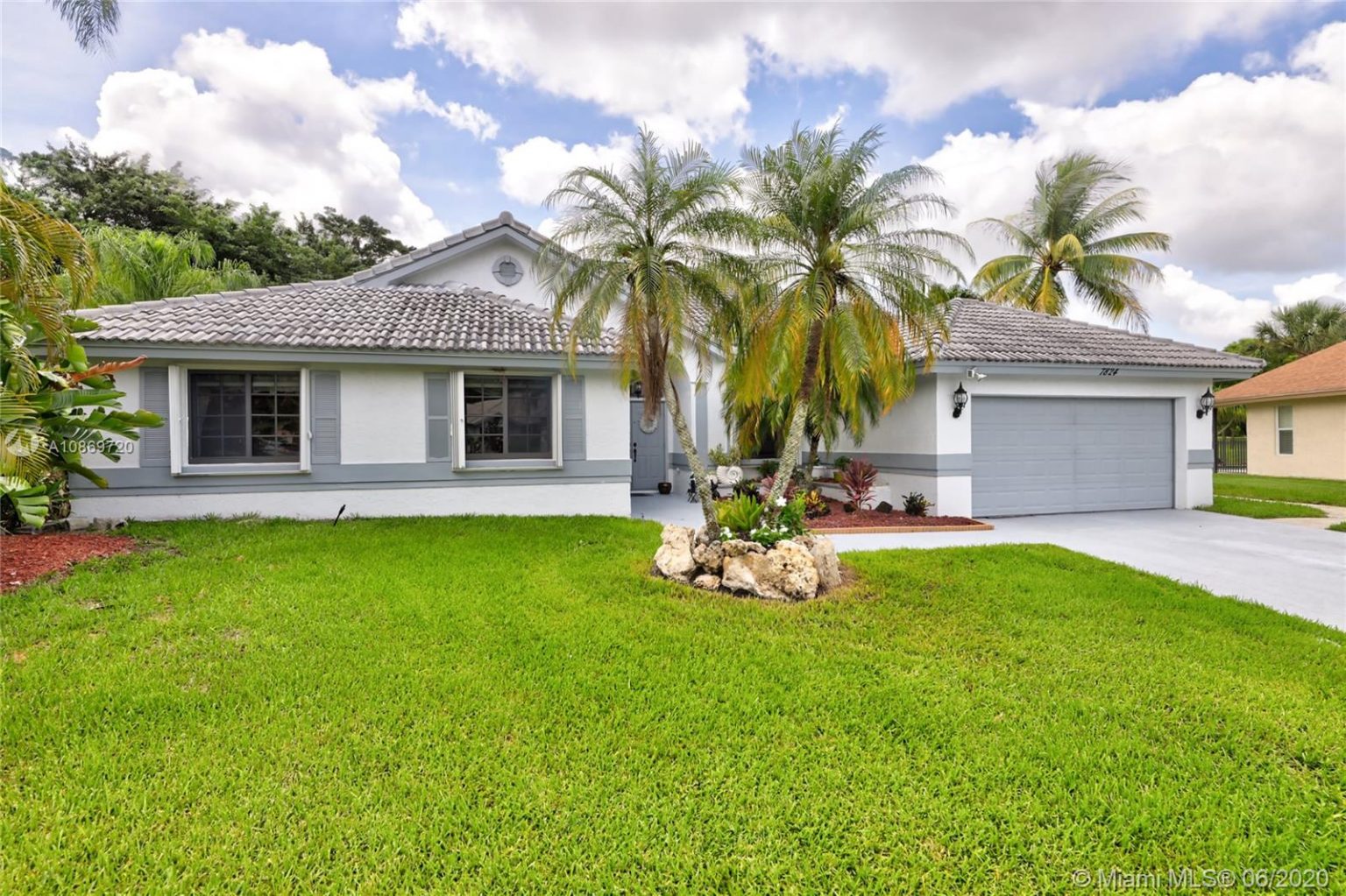
If you knew the rules of Miami-Dade’s housing market New Year’s Day you’d have to rewrite the rulebook this summer.
Not everything has changed, but truisms are being tested, bent and broken. Buyers, sellers, realtors and economists all must revamp assumptions on the fly.
That’s true not only of real estate. Shoved by the pandemic, society seems to be shifting in many ways, and we have to be ultra-flexible to shift with it.
Take baseball, a staid sport that alters so slowly you don’t notice it – until 2020. Suddenly, the season compressed from 162 games to 60, the number of players on a team changes several times, the National League has designated hitters, double headers are only seven innings, and every extra inning in a tie starts with a runner on second base. One Marlins pitcher must even tell the umpire batter by batter which hand he’ll throw with. I am not making any of that up.
The shift in Miami-Dade’s residential realty market is also startling, painted in detail in a thorough mid-year report by Berkshire Hathaway Homes Services EWM Realty. See if you already knew all these trends that I didn’t anticipate:
■Sales of single-family homes outpace condos for the first time in 18 years. The pattern had run the other way – people wanted to just slam the condo door and travel (in days when travel was easy, of course).
■Millennials are rapidly transforming from renters into the chief residential buyers. These are people who hadn’t wanted to be tied down by owning something.
■Spurred by the pandemic, buyers seek a new form of home with space for an office, enclosed outdoors, exercise area, home “classroom” space, playroom, and kitchen that will be used for more than breakfast as we do our gourmet dining at home rather than in a restaurant.
■Buyers want a home that’s 100% set to live in – they don’t want to renovate (harder in a pandemic). They also don’t want traditional homes but more contemporary. The theme seems to be move in and use it rather than admire visual elements of a traditional home. The aim is utility.
■There’s focus outdoors. Before the pandemic we were likely to do much of our outdoor living elsewhere or in groups. Now home becomes an outdoor destination that could be a combination park-restaurant-getaway.
■While millennials are the big buyer cluster at 37% of the total, baby boomers were the largest seller group, 43%. And millennials were more likely than others to buy a previously owned home: 91% of millennials’ buys were previously owned, versus 85% for generation X and 82% for boomers.
■What does and doesn’t motivate millennial homebuyers? The top factor they did not – repeat, not – consider in buying was tax benefit of ownership, which decades ago was pivotal in whether to buy or rent. Next in line as non-motivators were the need or want of a new home, living closer to family and friends, and the affordability of homes. Those all used to be decisive.
■So, what’s pivotal to make millennials buy? Number one is desire to own a home, followed in order by desire for a larger home, changes in life situation like a marriage or children, relocating for a job, a better area to live in, moving closer to work, wanting to create a household, and financial security.
■Federal tax laws have upended residential buying. Folks from high-tax states have flooded Florida, one of seven states without income tax. California with 13.3% income tax, New York with 8.82%, New Jersey 10.75%, the District of Columbia 8.95% and Connecticut 6.99% have been losing people to Florida and taxless Texas. As of last year, Florida was gaining 640 residents a day and Texas 1,006. That flow should grow in a post-pandemic world.
■A non-pandemic slowdown is fewer international homebuyers, from 42% of all buyers in 2016 to 25% in 2019, as currency exchange rates made home buys here relatively more expensive.
EWM’s report is clear: currency exchange rate shifts from June 2019 to June 2020 made it 65.7% more expensive for an Argentine to buy here, a Brazilian 41.1%, a Chilean 21.2%, a Mexican 20%, a Colombian 16.5%, a Russian 11.9%, and an EU resident 1.2%. These were prime buyers when local brokers organized sales missions abroad to sell condos before they were even built.
■That shift may show why new luxury condos here, according to the report, now sell at just 84% of original price. The report says what triggers luxury condo sales today is prices cut to levels buyers find appropriate. No more bidding up the price before new condos are ever occupied.
■Abundantly clear is that current owners are holding onto homes rather than listing them for sale. “If inventory levels continue to drop, prices will continue to rise,” the report states.
How much of a drop? Before the pandemic, way back in February, 1,856 single-family homes priced over $1 million were on sale in Miami-Dade; by June the number had fallen to 1,642. Even starker, 4,325 single-family homes under $1 million were for sale in February; by June, the number was 3,260. The numbers of condos for sale during that period stayed steady.
■The lower the price of single-family homes, the greater the decline in quantity on sale. In the first 200 days of 2020, the number of homes on sale priced under $300,000 decreased 43.3%, 33.1% from $300,000 to $999,999, 19.3% from $1 million to $2 million, 6.7% from $2 million to $3 million, a 1.6% increase from $3 million to $5 million, and a 4.9% decrease from $5 million up.
The need for single-family homes is at the low price end, the supply at the high end.
That’s one long-term reality that hasn’t altered in Miami-Dade. “We expect to see increasing volumes of new listings as we move through the summer,” the report forecasts.
But I’ll bet those volumes of listings can’t increase enough to meet the county’s largest need, which is at $300,000 and under. Real workforce housing is what’s still missing from Miami-Dade’s residential real estate rulebook.
None of us can see the reality of Miami after the pandemic. Lives, economics, ways of living and – importantly – outlooks for the future and what is truly important to people will have changed. But in what ways and by how much? If you knew someone who lived through the Great Depression you’ll know how great those changes can be.
This mid-year report is a good snapshot of changes that have been quantified to date just in residential real estate. They are a significant piece of the puzzle, worth careful study. Expect equally large changes throughout our community.





